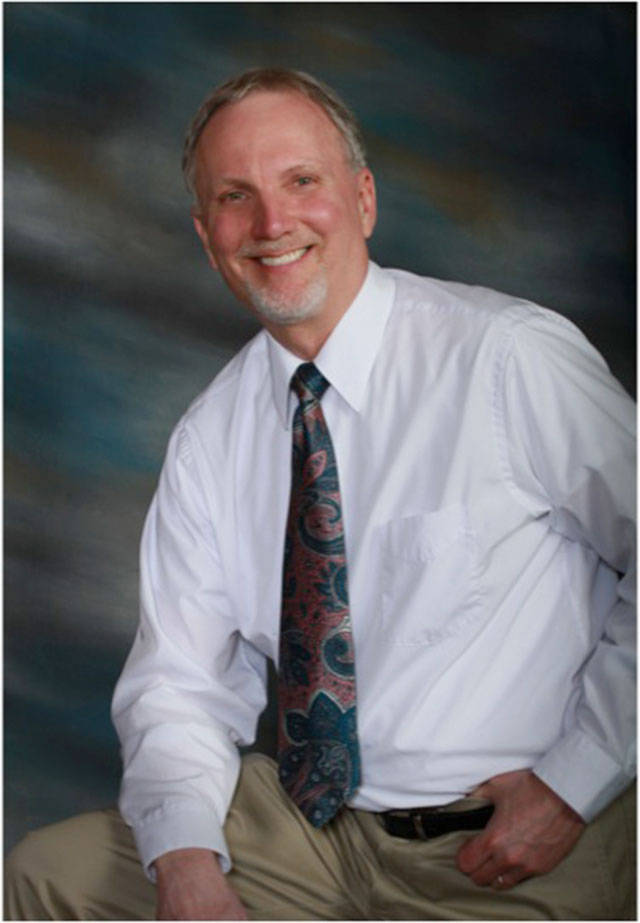Last week we looked at conservative views about taxes and contrasted them with those of Robert Reich, economist and former secretary of labor under Bill Clinton. We looked at four tax myths. In this column we will examine four more.
Myth #5: “When you cut taxes on corporations, they invest more, and create more jobs.”
Reich says: “Wrong again”. When Trump and the Republicans lowered the tax rate on corporations in December 2017, corporations actually cut more jobs than they created. They used the extra money ($1 trillion) to buy back their own stock shares. This benefited wealthy investors and CEOs, not the national economy. As an example, ATT got its tax breaks and laid off 80,000 workers. The rest went to stock buy-backs. CEOs do this is because their incomes are based on how well the stock price rises.
To get the conservative viewpoint, a Fox News commentator interviewed Trump appointee Linda McMahon, Small Business Administration administrator. She asserted that small businesses were helped by a reduction in tax regulation in the 2018 tax cut. Trump had cut two regulations for every one that was added. The problem was, she offered no proof, just her opinion.
Myth #6: “The rich already pay more than their fair share in taxes.” Conservatives say that the top 1 percent already pay 40 percent of federal income taxes.
Reich responds: “This is misleading” because it only focuses on income taxes, leaving out property taxes, sales taxes, and payroll taxes. These taxes take a bigger bite out of lower income workers than they do high income earners.
For the conservative side, I watched two videos. On one, the woman claimed that the rich pay 95 percent of the nation’s taxes. An obvious lie. In the second video by a Prager University spokesperson, the woman claimed that progressive taxes were unfair and should be destroyed. According to her, many of the people who don’t pay taxes because they are exempted due to their low incomes, want to make the rich pay more. This shouldn’t be the way it is. Again, the issue revolves around what taxes are being referred to since all people pay sales taxes. All of us pay property taxes, either because we own homes or we pay rent which is used to pay property taxes by the landlord.
Myth #7: “The rich already pay capital gains taxes.” They pay 30 percent on capital gains.
Reich labels this statement as, “misleading”. The wealthy avoid paying capital gains (the increase in value of a company or property over time) taxes by passing their wealth on to their heirs who pay nothing. 55 percent of the largest estates have unrealized capital gains that are passed on to the next generation, having never been taxed.
In a video by the “Nomad Capitalist”, the speaker’s advice was to avoid paying capital gains by either moving to another country with cheaper or no capital gains taxes, or by moving your business offshore, but doing so as soon as possible. After the move, proceed to build your business. The point here is that there are a lot of ways for the super wealthy to avoid paying capital gains.
Myth #8: “The estate tax is a death tax that hits millions of Americans.” Death sets up another tax grab from the government. “It’s so un-American that it turns one’s stomach”, according to one commentator.
Reich’s response: “Baloney”. The estate tax only applies to assets over $11.2 million for individuals and $22.4 million for couples. Fewer than 2,000 families find themselves in this category.
After President Biden’s tax proposal to raise taxes to pay for his proposed infrastructure plan, some Senate Republicans stated they want to eliminate the estate tax all together. That, of course, would benefit the multi-billionaires.
Confirmation bias—the human tendency to only read and listen to what agrees with what we already believe—is alive and well in these four myths and their rebuttals.


